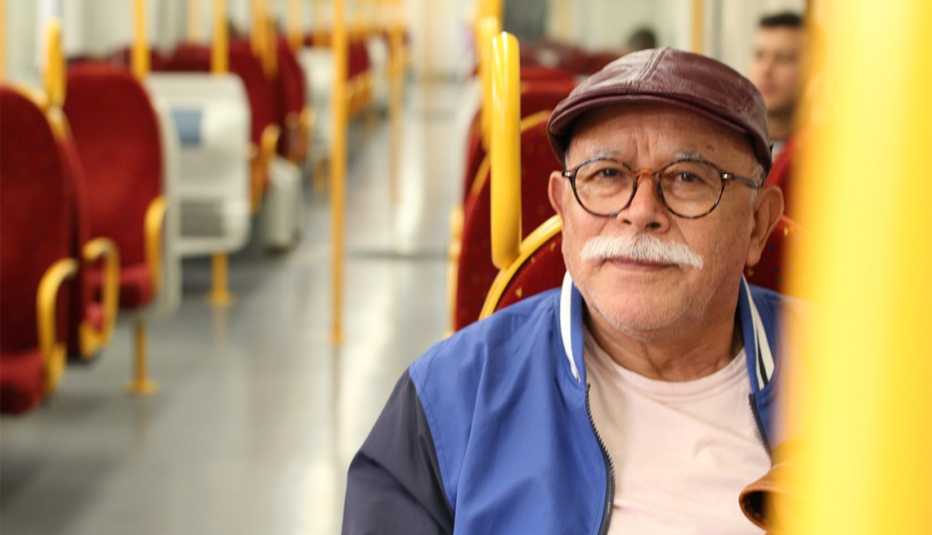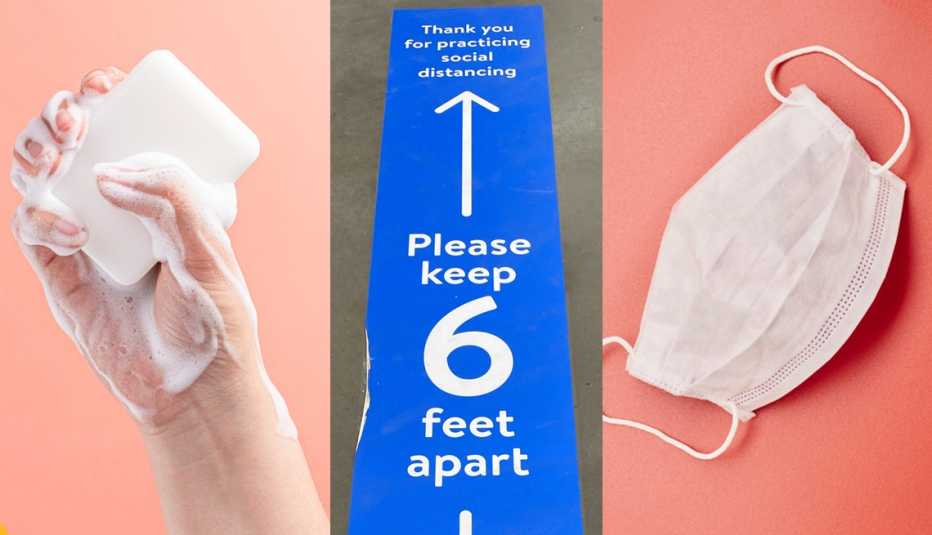Staying Fit
As you wait for your turn to get vaccinated, you may be wondering if it's worth creating a pod to ride out the long, lonely days of winter.
A pod, or as some call it, a “quaranteam,” is “basically a group of people who don't need to mask and socially distance when they're together because they've agreed to follow certain rules and guidelines when they're apart,” explains Aaron Glatt, M.D., chair of medicine and chief of infectious diseases at Mount Sinai, South Nassau Hospital.


AARP Membership— $12 for your first year when you sign up for Automatic Renewal
Get instant access to members-only products and hundreds of discounts, a free second membership, and a subscription to AARP the Magazine.
For older adults in particular, pods can both pose risks and serve a significant need: A recent National Poll on Healthy Aging survey of more than 2,000 people ages 50 to 80 found that more than half felt isolated from others — that's more than double the percent who reported feeling that way the year before. “It's psychologically taxing to be alone all the time,” says Peter Katona, M.D., professor of medicine and public health and chairman of the Infection Control Working Group at UCLA, who notes that without in-person socialization, we're all at risk for depression.
How to choose wisely
If you decide to create such a group yourself, you'll want to pick podmates who are like-minded about the pandemic. If you haven't seen your grandchildren since March, synching up with a couple who spend every weekend with extended family won't be wise. One plus about waiting so long to create a pod is that you have months of pandemic behavior to go on.
Schedule a video chat and fire away with questions to confirm how closely potential podmates comply with COVID-19 recommendations: Do they wear masks all the time outside the house? How about their adult children? How much shopping do they do and under what circumstances? Do they dine in restaurants? Do they have medical needs that will require frequent appointments? Does anyone come into their house regularly, like a housekeeper or a health aid of any kind?
While there are no right or wrong answers, it's important that their risk tolerance aligns with yours. And while anyone can be part of a pod, expanding your circle does raise the risk of contracting the virus. If your age or health status puts you at higher risk of dying from the virus, weigh your decision carefully. And keep in mind that the person with the highest risk of getting the virus determines the risk for the entire pod.



































































